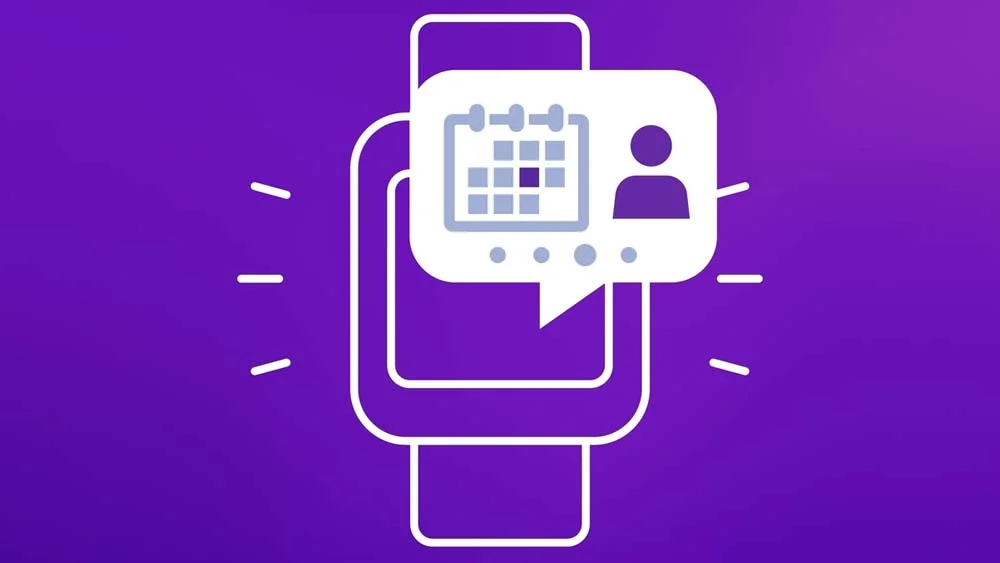Stress and tension have over the past few years been well-known entities in human lives. This is due to the ever-busy society we find ourselves in. This pressure is very much in evidence today. Therefore, human beings have been on the lookout for ways to reverse this situation and one of the ways is massage therapy. However, an amazing fact is that the possibility of massage scheduling appointment effectively is a major challenge confronting most massage therapists. Sometimes they have to work with overbooking or underbooking, and last-minute cancellations can be a real problem.
As they change the flow throughout the day and can cut into the amount of money they will earn or the quality of the service they can provide for clients. Thus, improving massage appointment scheduling can be a key factor for managing the concerns of stress among massage therapists. This entails putting measures that help provide work-schedule balance, meet clients’ needs and demands, and improve efficiency.
Common Scheduling Challenges
Employees in this profession are normally squeezed to give service to several clients at a go in one day. As a result, several problems arise out of the scheduling process. Here are some of the most common issues they face:
1. Overbooking and Underbooking Issues
It can result in brief client encounters and short sessions, a compromise of the quality of services. Moreover, pressure on the therapist and the clients.
On one hand, overbooking leads to the formation of excess demand. This is a negative since it means that other areas could have been utilized for actual productivity. Therefore, denying a firm income opportunity and inefficient resource utilization.
2. Last-minute Cancellations and No-Shows
Missed appointments and, in particular, cancellations are quite problematic when it comes to a therapist’s schedule.
This problem causes revenue losses. They also leave conspicuous holes in the daily calendar that cannot be easily filled at the last minute. Their unpredictability can in a way make it difficult to have a fixed work schedule.
3. Inconsistent Appointment Lengths
Another issue that might be faced is that clients are never the same and their needs may not allow the firm to set certain appointments at a given length.
This leads to scheduling issues. For instance, one session may lag into the next session and this will extend the duration therapists were supposed to spend on each section and make them unhappy in the process.
4. Managing Peak Hours and Slow Periods
Like most service-oriented enterprises, MTs work under a cyclical pattern that causes heavy traffic with many clients and low traffic with very few clients at certain times.
Some fluctuations have to be controlled to manage the clinic’s supply of work. Therefore the flow of cash ensures that clients do not have to wait for months and sometimes even years for treatment.
Considering these problems, it is necessary to pay special attention to scheduling issues to have a well-organized and effective practice.
How to Optimize Appointments
To address all the issues highlighted in scheduling problems, the use of massage booking software and balancing therapists’ workloads can be of great benefit to massage appointment scheduling.
A. Effective Booking Systems
Massage booking software like Bookeo helps save time for appointments, decrease some amount of paperwork, and improve the customer experience. This software’s functions and features include:
1. Online Booking
Online booking enables the clients to select the appropriate time for consultation hence eliminating the need for the use of emails and phone calls to set an appointment.
This software can show the available times in real-time which means clients will not have complications in choosing the best time to book an appointment that is convenient for them.
2. Mitigating Risks of Integration of Automated Reminders and Confirmations
This is because patients’ reminders and confirmations play a huge role in reducing the number of no-shows and last-minute cancellations. If the clients receive an email or text message as a reminder the day or two before the appointment, there are very less chances that they would forget the appointment or just overlook it.
Also, confirmation messages provided after the booking enable the clients to be informed that their appointment is booked.
3. Enabling Clients to Book, Cancel, and Reschedule from the Comfort of Their Homes
Allowing the client to schedule their appointments online can be useful and offer them convenience while at the same time not requiring the work from the therapist.
Through the portal, clients are able to book, cancel, or reschedule an appointment in line with the practice’s cancellation policy. This autonomy makes the clients more responsible for the appointments hence reducing the number of interferences regarding the schedules.
4. Syncing with Personal Calendars
Linking calendars with booking solutions means that the therapist will need to check one calendar, for instance, Google Calendar or Outlook, and see all their engagements, thus avoiding double booking. This coordination can be of great assistance when it comes to managing business and social life time tables and the appointments which might be in clash with each other.
5. Offering Mobile Accessibility
Since most customers use hand-held devices, such as smartphones, in the present day, it becomes imperative to have an online booking facility that is compatible with handheld devices. This includes appointment booking applications. Patients can make appointments online and therapists can also attend to their customer’s schedules from any place. Accessibility of the app to mobile commonly makes sure that each of the two clients; the therapists, and the other customers, can easily access the booking system at their own convenience.
If these and other options of booking systems are applied and integrated, massage therapists will be able to better organize their business and avoid some common pitfalls.
B. Balancing of Therapists’ Workload
The distribution of work equally is very important in preventing massage therapists from getting sick, offering their best while catering to their own needs, and ensuring that they do not get bored or frustrated. This means that therapists need to organize their schedules well to meet their clients’ needs as well as their own.
1. Implementation of Appropriate Timeout in Between Sessions
Massage therapy is another physically requiring profession and therapists use a lot of strength and energy to work through each session.
It is also important to space clients’ appointments in such a way as to allow therapists time to rest and have a drink of water. This is to mentally prepare for the next client who will be arriving. These breaks assist in avoiding some fatigue and overall, make sure that therapists are attentive when working.
2. Ensure a Mix of Appointment Types
Different classes of massage services include; deep tissue, relaxation, and sports and they involve different levels of physical contact. Appointment consolidation combined with adequate scheduling of different types of appointments within the day considerably reduces physical stress on a provider.
For instance, one can set the regimen at offering a deep tissue massage to the first 10 clients. Then, follow up the list with a relaxation massage to the next 10 clients to avoid over-fatiguing the muscles.
3. Watch the Timetable to Avoid Getting Overwhelmed
It is also important to continually evaluate this schedule due to the reservations of the body’s capacity and feedback from clients over the long term. Therapists should be careful on how many sessions they ought to conduct in a single day or one week, and thus, set appropriately for such capacity.
Accounting strategy can also be influenced usually if it is found that there are days of the week that feel especially hectic, it might be best to have fewer meetings or longer breaks during these days.
4. Set Boundaries and Limits
As for the working hours and appointment setting, it is essential to create clear lines concerning the working time and appointments. So, the need for a balance between work and free time would not be ignored.
Therapists should not fall back on being easily pressured to serve clients’ demands, be it at the time of service or approaching the ideal hours of service at the weekend or any other time. Implementing such limits helps to maintain the therapists’ vitality and passion for their jobs.
Conclusion
Scheduling appointment schedules is important particularly for masseuse or massage therapists in order to offer excellent service to clients as well as ensuring that the masseuse or massage therapist is strong and healthy to offer his/her services.
Thus, by identifying typical issues with scheduling, using efficient systems of booking, and addressing workload, therapists can develop a more efficient work schedule. All these strategies are patient-centered and they also serve the purpose of preventing fatigue and ensuring that the therapists have a gratifying long-term career.
Implementing these approaches will enhance the therapy clinic system organization, achievement of its goals, massage appointment scheduling and satisfaction of therapists and clients.





